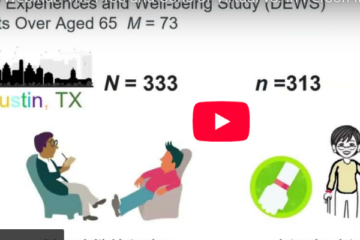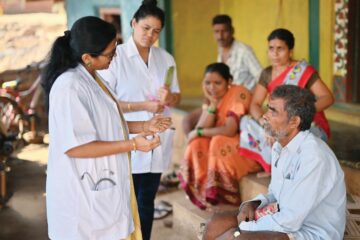
The Rural Rebound
(August 1999) Both of these visions of rural America reflect a fundamental fact: Throughout most of the 20th century, millions of people moved out of the thousands of towns and counties nestled far from major highways and city lights. American agriculture prospered, but the mechanization of farm work, several droughts, and the changing economics of farming hurt once-thriving small towns and counties. Millions of mostly young rural men and women migrated to metropolitan centers, attracted by the economic, social, and intellectual opportunities that cities offered.
The magnitude of this loss varied from decade to decade, but the pattern was quite consistent—rural areas grew only when the excess of births over deaths was sufficient to offset migration losses.
But this long era of rural population stagnation and decline is now over. In the past 30 years, rural (or nonmetropolitan) areas have undergone a remarkable demographic revival. The first signs came in the 1970s, when population in the nation’s rural regions suddenly jumped, lifted by an unprecedented influx of newcomers and those returning from urban areas. This “nonmetropolitan turnaround” resulted in a nonmetropolitan population gain that actually exceeded the gain in metropolitan areas for the first time in at least 150 years. Economic disruptions in the 1980s shut down the turnaround. The farm debt crisis, a wave of deindustrialization that downsized rural manufacturing, and an urban revival stopped people from returning to rural areas. Rural populations grew during this decade only because rural women had enough babies to offset out-migration as well as deaths.
But since 1990, most nonmetropolitan areas have been enjoying a “rural rebound.” More people are moving from urban to rural areas and fewer rural people are leaving. Combined with a modest natural increase in population (more births than deaths), these trends have produced another large rural population gain. This rebound is occurring in virtually every part of the nation and is not limited to a single age group or kind of county. In all, some 600 more rural counties are growing in the 1990s than was the case during the 1980s.
What the United States experienced between 1970 and 1998 is “deconcentration”—people gradually moving from larger, more densely settled places into smaller, more lightly settled places. It’s a rebound, not a reversal. Americans are not returning to a pioneer life of farming. They are using technology, a booming economy, and new attitudes toward work to diminish the “friction” of distance.
The new arrivals are a mixed lot of retirees, bluecollar workers, lone-eagle professionals, and disenchanted city dwellers; all see a better way of life in rural areas.
The turbulent nonmetropolitan demographic trends since 1970 are without historical precedent. The striking similarities between the rural rebound of the 1990s and the turnaround of the 1970s suggest that a new era of population deconcentration is underway. Yet the slowdown in the 1980s, which in some ways is a weak echo of history, separates them.
Why, after so many decades of rural population loss, has one of the country’s most enduring demographic trends reversed itself? Because of a complex set of economic, social, and geographic forces.
Kenneth M. Johnson is a demographer and professor of sociology at Loyola University–Chicago.






